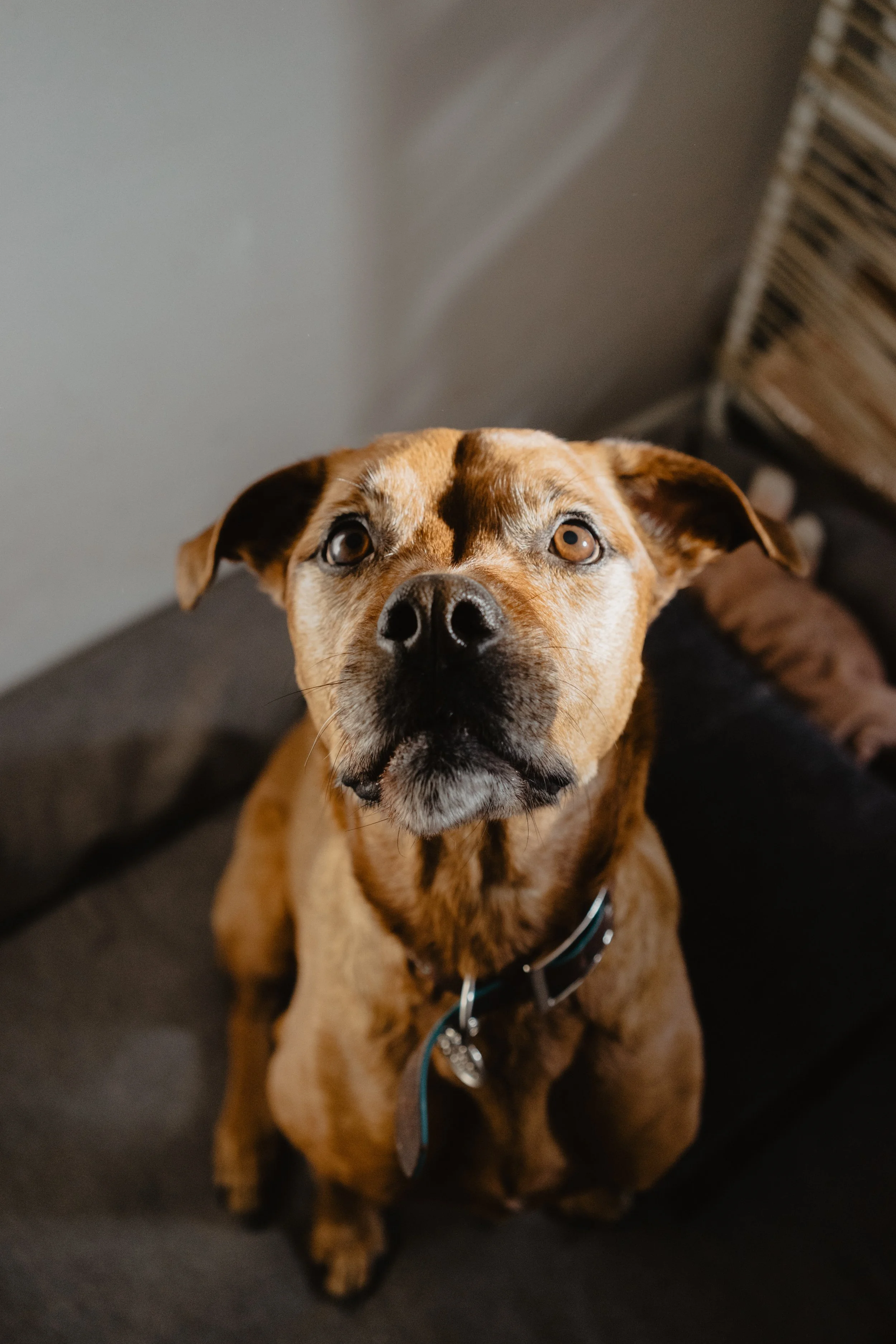How Well Can Dogs Really See?
Throughout most of my life, I was under the impression that dogs did not have the ability to perceive any colors that weren’t black and white. Although, I did suspect that this wasn’t true, as my childhood dog had an incredible sense of fashion and always made sure that her outfits were perfectly color-coordinated.
So this leads us to the question, how much do dogs really see in terms of their vision, color, and depth perception?
Photo by Jackson Simmer on Unsplash
First off, according to Dr. Daniel Grimmett, DMV, our canine companions can see a decent amount of color. He explained that humans and dogs have “special cells and receptors known as rods and cones” in their eyes. He noted that “humans have three different cones,” which “tell the brain what colors are being seen.” Dogs, however, only have two cones, which limits the colors they can perceive.
“Humans, for the most part, can see red, blue, and green color variants. From what we have understood from studies, dogs can see two colors, yellow and blue. Dogs are not colorblind in the sense that the world is only black and white. Dogs have two-colored, or dichromatic color vision,” explained the veterinarian. “This dichromatic lens does not prevent dogs from experiencing the world in a unique way. Yellow and blue are indeed the main, overarching color themes in dog vision. Violet will look more blue-toned to your furry friend and red or green will look less like Christmas and more like dead grass in July.”
Photo by Angelos Michalopoulos on Unsplash
Dog owners may also wonder how well pups can see the world around them. Northwestern Animal Eye Specialists reported that most canines are born with good eyesight. However, Rottweilers and German Shepherds can be prone to myopia, also known as near-sightedness.
As someone with a lazy eye, whose lack of depth perception is so severe I can’t legally be a pilot or a surgeon, I have been curious if dogs also have issues with identifying the distance of something. The reason I say this is my furry friend constantly bumps into me. Although, I think she does this because she’s simply too lost in her own little world scheming on how she will finally defeat the mailman once and for all.
In an article for the American College of Veterinary Ophthalmologists, Dr. Jeffrey Bowersox, DVM, DACVO, shared that a dog's depth perception is dependent upon the size of their nose. He explained that “depth perception in dogs can be impaired by the nose, which also varies by breed.”
Photo by Ruby Schmank on Unsplash
“Depth perception is best where the visual fields of the two eyes overlap, when both eyes have normal vision,” shared Dr. Bowersox. “In dogs, visual field overlap is estimated to be 30-60 degrees compared to 140 degrees in humans. In dogs, the nose affects depth perception and therefore depth perception should be best when the dog looks straight.”



